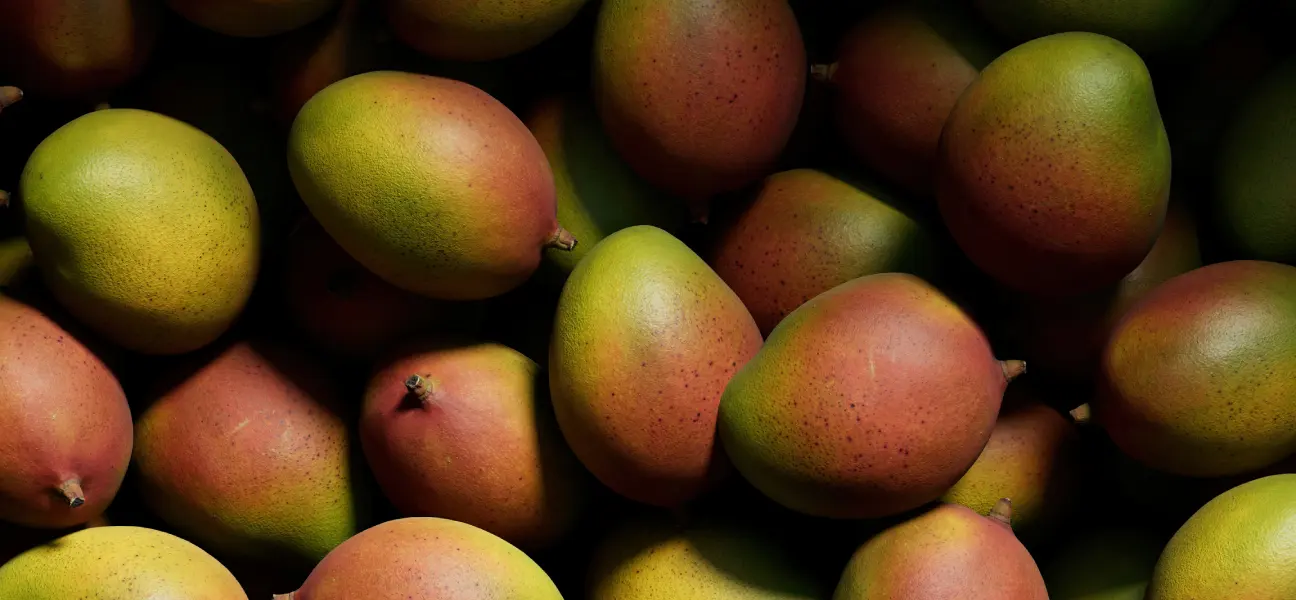
There are many types of mangoes around the world, showing how adaptable and diverse this fruit is. Knowing about these varieties can help B2B buyers reach new markets and customers, giving you an advantage in the food business.
Mangoes are a fruit with many different types, with more than 1,000 varieties grown worldwide. Each type of mango has its own flavor, texture, and look, showing how diverse this fruit is. This variety offers a chance for food business owners and supply chain managers to meet different customer tastes and improve their supply chains.
Mango varieties are important not just because of their numbers but also because of their history and cultural meaning. Different areas value certain types of mangoes, using them in traditional meals and celebrations. This cultural connection can affect how people buy mangoes and what is in demand in the market.
By the way, did you know thata ¾ cup serving of mango provides 50% of your daily vitamin C needs, supporting immune function and skin health? Also, mangoes are rich in antioxidants like mangiferin, quercetin, and catechins, which help combat oxidative stress and may offer various health benefits.
Hybridization has been important in creating new types of mangoes. By carefully breeding mangoes, hybrids are made to improve traits like taste, size, and resistance to disease. This method helps ensure better quality and can lead to more fruit, which meets consumer needs and supports sustainable farming.
Mango varieties like Honey Gold and Keitt are popular hybrids. They are designed to handle longer shipping times, making them suitable for export markets. For businesses, using these hybrids can help them reach more customers and manage their stock better.
There are more than 1,000 types of mangoes grown around the world. Covering every single one of them is not doable, and not all of them are important for business. In this section, we will look at the most popular mango varieties that are widely traded.
When buying dried mango products, it’s important to know the cut or shape along with the variety. The mango variety affects the flavor, color, and fiber. However, the cut affects how easy it is to use, how it looks, and how it can be portioned. This is especially important for food makers, retailers, and private label brands.
The shape of the product usually depends on its purpose, like whether it’s for snacking or processing. It also depends on how moist it is, whether it's soft or chewy, and what customers like. When you source the product, make sure the shape matches the packaging, the price, and how it will be used.